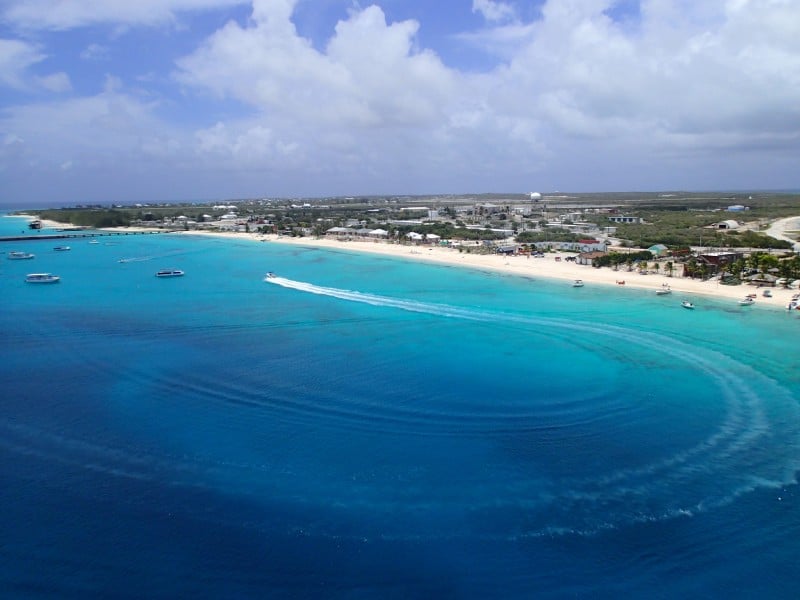
The Turks and Caicos Islands comprise a British Overseas Territory.
Both island chains are sub-groupings of tropical islands found within the Antilles Island Group. They also remain sparsely populated, with their primary source of income being tourism.
The Turks and Caicos Islands also stay famous as an offshore financial center.
The estimated resident population of all islands combined only totals around 31,000. Yet nearly 24,000 of these live on the island of Providenciales alone.
The first known European sighting of the Turks and Caicos Islands occurred in 1512.
Turks and Caicos Islands Geology and Geography
These islands sit in the North Atlantic Ocean. The original geology of both chains was volcanic in nature though no active volcanoes remain present.
The Turks and Caicos Islands remain separated from the closest island in the Bahamian island chain by the Caicos Passage. The two chains comprise a total of 8 main islands and approximately 300 smaller islands and islets.
The total area of the islands only reaches 238 sq mi (616.3 sq km). More than half their total area (128 sq mi/332 sq km) actually forms beachfront.
The majority of the rest comprises marshes and mangrove swamps. The amount of freshwater is little, which is the main reason for the low population density.
Turks and Caicos Climate and Biodiversity
This place has a climate that stays comparatively dry and sunny for a marine tropical climate. The temperature remains relatively consistent throughout the entire year.
During the winter, the temperatures rarely fall below 64F (18C). Also, high temperatures in the summer rarely exceed 91F (33C).
The Turks and Caicos are popular for their status as a biodiversity hotspot. In fact, they boast the oldest established salt-pan found in the Caribbean.
The islands are home to a rather wide variety of plant, animal, and insect species. They also serve as a principal breeding area for many species of seabirds.
Check out our articles on Prince Edward Island, Cocos Island, Ometepe Island, Kiawah Island, Red Beach

